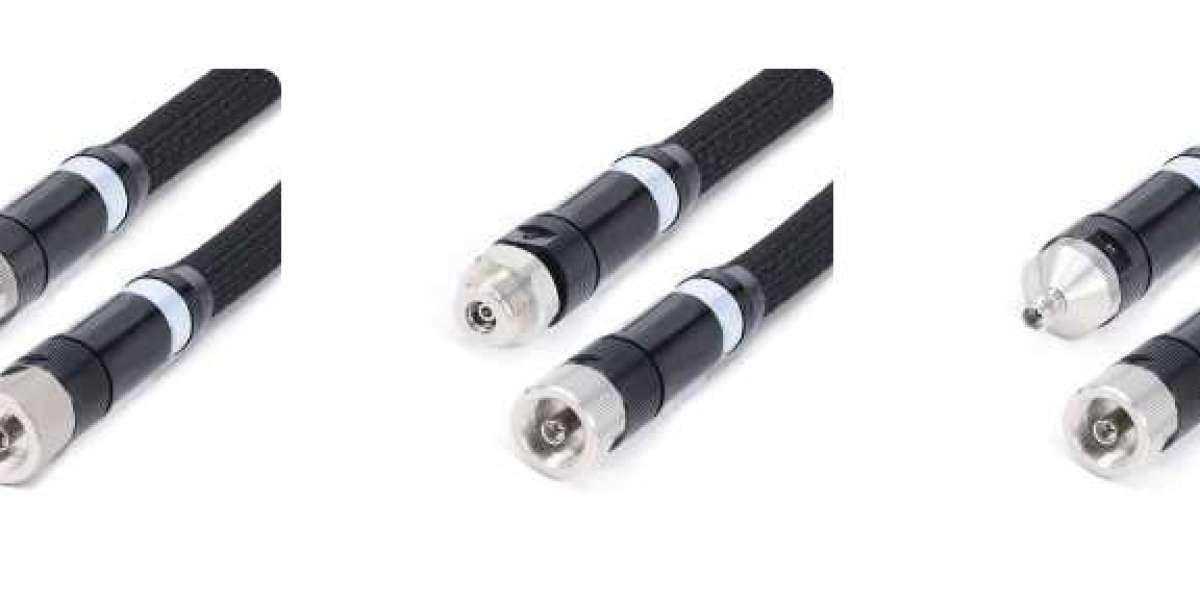For many men dealing with erectile dysfunction (ED), Trimix injection therapy has become a beacon of hope. Trimix, a combination of three potent vasodilators (alprostadil, papaverine, and phentolamine), can provide remarkable results when oral medications or other treatments are ineffective. However, Trimix isn’t a one-size-fits-all solution. There are circumstances and conditions where Trimix might not be the ideal choice, and exploring alternatives could offer better results or fewer complications.
Understanding Trimix Injection Therapy
These medications relax the blood vessels, increasing blood flow and causing an erection. While effective for many, Trimix is not without its challenges and potential side effects.
Common Challenges with Trimix Therapy
Pain and Discomfort: The injection process can be uncomfortable, and some men report pain or a burning sensation at the injection site. Over time, repeated injections can also cause scar tissue formation, which may impact sexual function.
Injection Anxiety: The thought of self-injecting can be daunting for many men. The anxiety associated with the procedure can sometimes negate the benefits of the medication.
Erection Duration: Some users experience prolonged erections (priapism) lasting longer than desired, which can be painful and require medical intervention.
Need for Precision: Trimix dosing requires careful calibration. Too little may be ineffective, while too much can cause adverse effects.
Possible Side Effects: Side effects such as bruising, bleeding, or infections at the injection site are possible.
Given these challenges, exploring alternatives to Trimix might be a prudent choice for some individuals.
Alternatives to Trimix Injection Therapy
1. Oral Medications
Oral medications, such as Viagra (sildenafil), Cialis (tadalafil), and Levitra (vardenafil), are often the first line of treatment for ED. These medications work by inhibiting the enzyme phosphodiesterase type 5 (PDE5), which leads to increased blood flow to the penis. They are non-invasive and generally well-tolerated.
Pros:
- Convenience: Easy to take with minimal preparation.
- Less Invasive: No need for injections or complex procedures.
Cons:
- Efficacy Variability: Not effective for everyone, particularly those with severe ED.
- Potential Interactions: Can interact with other medications or conditions (e.g., nitrates for heart disease).
2. Vacuum Erection Devices (VEDs)
VEDs are external devices that create a vacuum around the penis, drawing blood into the area and causing an erection. A constriction ring is then placed at the base to maintain the erection.
Pros:
- Non-Invasive: Does not involve needles or medications.
- Reversible: Easy to use and stop if necessary.
Cons:
- Mechanical Discomfort: Some users find the device awkward or uncomfortable.
- Erection Quality: May not be as natural or satisfactory as other methods.
3. Penile Implants
Penile implants are surgically placed devices that allow men to achieve an erection. There are two main types: inflatable and malleable implants.
Pros:
- Effective: Provides a permanent solution with high satisfaction rates.
- Customizable: Inflatable implants offer control over the firmness of the erection.
Cons:
- Invasive Surgery: Requires surgical intervention and recovery time.
- Cost: Typically involves significant expenses and insurance considerations.
4. Hormone Therapy
For men with ED due to low testosterone levels, hormone therapy might be a viable alternative. This could involve testosterone replacement therapy (TRT) through injections, patches, or gels.
Pros:
- Addressing Underlying Causes: Can improve ED if low testosterone is a contributing factor.
- Comprehensive Treatment: Can also help with other symptoms of low testosterone.
Cons:
- Not a Standalone Solution: May not fully address ED if other factors are involved.
- Side Effects: Potential for side effects such as acne, mood swings, or cardiovascular issues.
5. Lifestyle Changes and Psychological Therapy
Often, erectile dysfunction can be improved or resolved through changes in lifestyle or addressing psychological factors. This might include:
- Diet and Exercise: Improving cardiovascular health can enhance erectile function.
- Counseling or Therapy: Addressing psychological issues such as stress, anxiety, or relationship problems can be crucial.
Pros:
- Holistic Approach: Can improve overall well-being and sexual health.
- Cost-Effective: Often involves minimal expense compared to medical treatments.
Cons:
- Time-Consuming: Results may take time to manifest.
- Variable Success: Effectiveness can vary depending on individual circumstances.
Making the Right Choice
Choosing the right treatment for erectile dysfunction involves a comprehensive assessment of personal health, preferences, and lifestyle. It’s crucial to consult with a healthcare professional to explore the various options and determine the best course of action based on individual needs and medical history.
In summary, while Trimix injection therapy is a powerful tool in the management of erectile dysfunction, it’s not always the best option for everyone. Alternatives such as oral medications, vacuum devices, penile implants, hormone therapy, and lifestyle changes offer diverse approaches to addressing ED. By exploring these alternatives, men can find a solution that best suits their needs, improving both their sexual health and overall quality of life.







